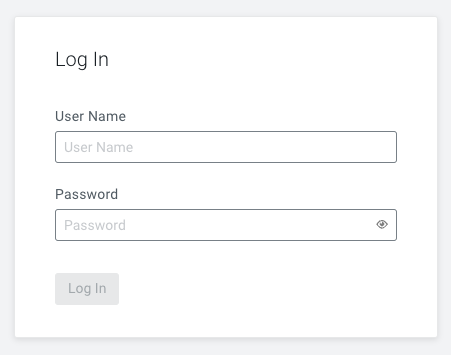Configuring LDAP authentication
Learn about the properties that you need to set for configuring LDAP authentication.
Edge Flow Manager (EFM) supports username/password authentication using
LDAP. Before configuring LDAP, ensure that EFM is already configured for TLS and
user authentication is enabled with the following properties:
-
- efm.security.user.auth.enabled
- Set to true to enable EFM user authentication. You need to configure an authentication method such as MTLS, OIDC, SAML, KNOX, or LDAP.
-
- efm.security.user.auth.authTokenExpiration
- EFM issues access tokens when a user is authenticated. Specify the duration of the token’s validity. The default value is 12 h.


